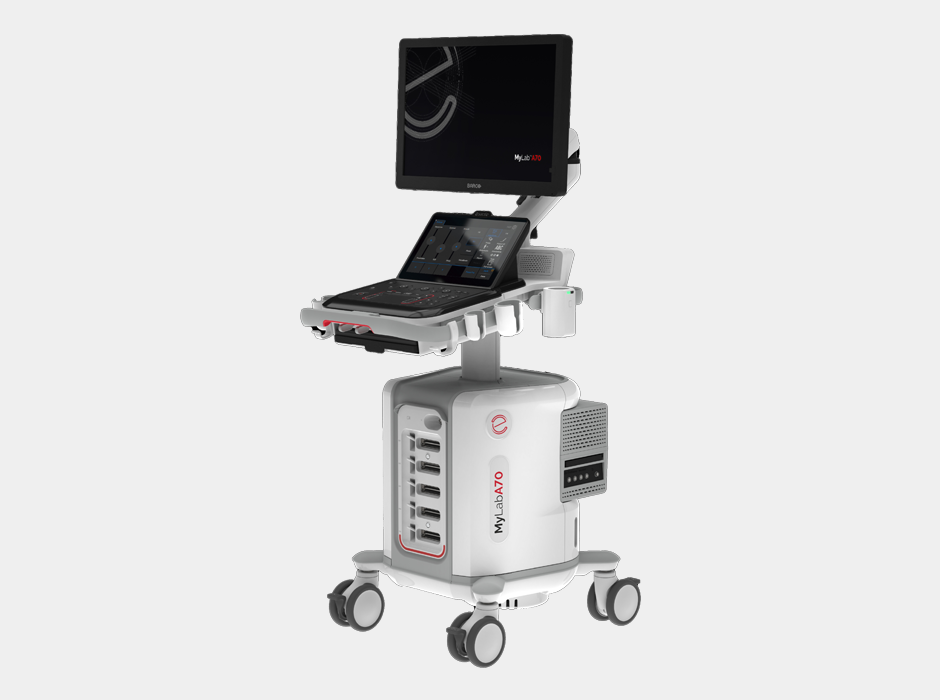In an effort to increase transparency in the drug development process, the FDA has announced that it will be publishing a list of surrogate endpoints used in trials which eventually resulted in approval of the therapy. According to a speech made by FDA Commissioner Scott Gottlieb, the list will be made available on a website maintained by the Center for Drug Evaluation and Research (CDER).
Gottlieb explains that the decision was motivated by the paradigm shift in the way we treat cancer now compared to 20 years ago. Because of the highly cytotoxic nature of chemotherapies developed up until the mid-1990s, the regulator decided that overall survival was the only appropriate endpoint to look at when considering approving the drugs. They reasoned that the only way to justify the side effects of these drugs would be if they prolonged a patient’s life.
Today’s targeted cancer therapies are far less toxic than their predecessors, the FDA has been more amenable to considering other endpoints when making approval decisions for new medicines. Surrogate endpoints such as objective response rate an progression-free survival have now become viable surrogate endpoints with clinical relevance.
“Pivotal trials testing these products are also likely to have crossover designs, meaning that if a patient’s cancer grows on the comparator treatment, then the patient is switched over to the experimental arm,” said Gottlieb at The National Comprehensive Cancer Network Policy Summit in Washington, DC. “Both arms receive the experimental drug, although in different sequence. Statistically, this may make it difficult to show an overall survival advantage for the experimental arm. Patients aren’t left on the comparator arm for long enough to show that they would have died sooner if left off the new drug.”
While Gottlieb admits that not all newly-approved oncology drugs will have a durable, life-extending benefit for all cancer patients, he points to recent survival statistics that show we’re on the right path. The Surveillance, Epidemiology, and End Results (SEER) Program recently released data suggesting that overall cancer death rates decreased by 1.8 percent per year for men and 1.4 percent per year for women between 2011 and 2015. What’s more, these decreases in mortality were seen in over 60 percent of the more common types of cancer in men and women.
Gottlieb also discussed the benefits of the FDA’s Accelerated Approval pathway which the regular has been using to get potentially life-saving therapies into the hands of patients sooner for the last 25 years. While critics of this approval pathway have argued that the use of surrogate endpoints to evaluate the clinical benefit of a new drug may have no effect on overall patient survival, Gottlieb says that this uncertainty is often necessary considering that many trials may not have a large enough patient population or enough time to show survival.
“Of the 93 accelerated approvals in oncology, a majority have verified clinical benefit,” said Gottlieb. “Of the 51 oncology accelerated approvals that have post-marketing requirements and verified benefit, the median time from accelerated approval to verification was 3.4 years. Most the remaining accelerated approvals were approved in the past three years. So, confirmatory trials are still underway. Only five cancer drugs approved through accelerated approval – just five percent of the total — have been withdrawn from the market for failure to confirm their clinical benefit.”
The regulator will also be opening its doors to sponsors looking to use biomarkers as surrogate endpoints in their oncology trials. The goal of these Type C meetings will be to provide sponsors with advice on trial design earlier in the drug development process.












Join or login to leave a comment
JOIN LOGIN